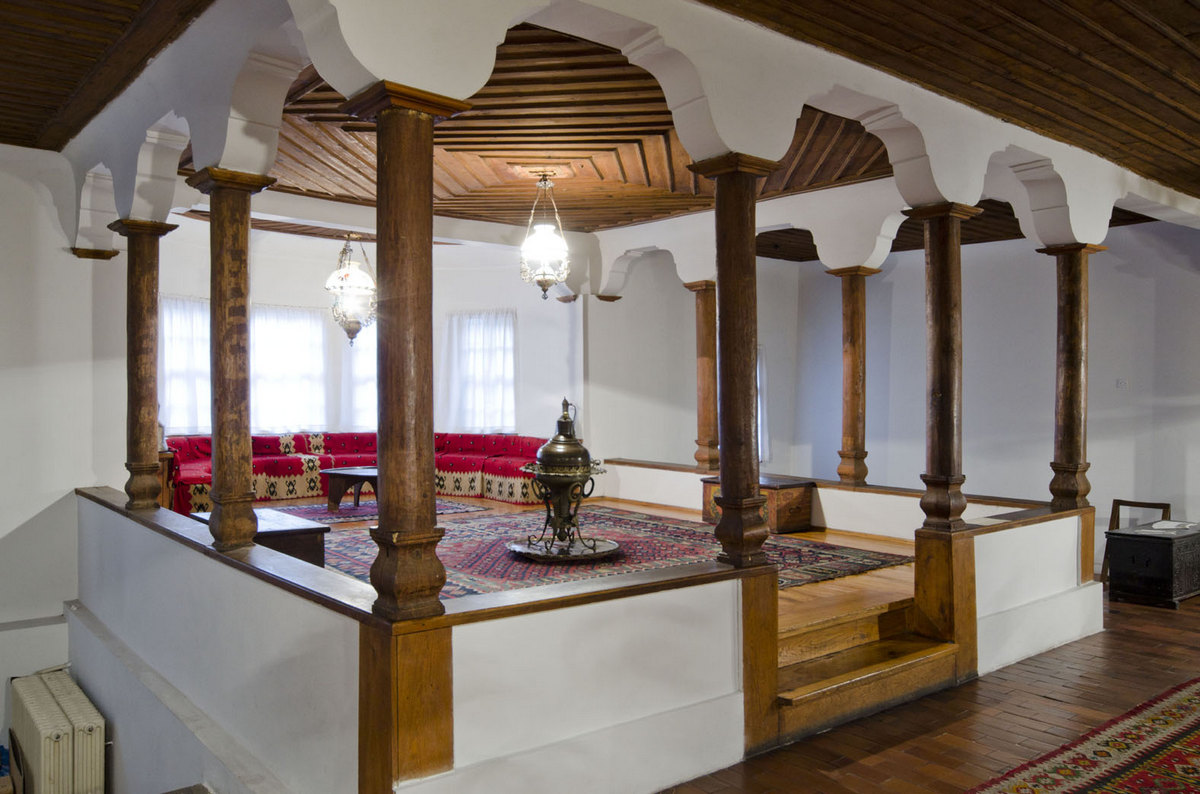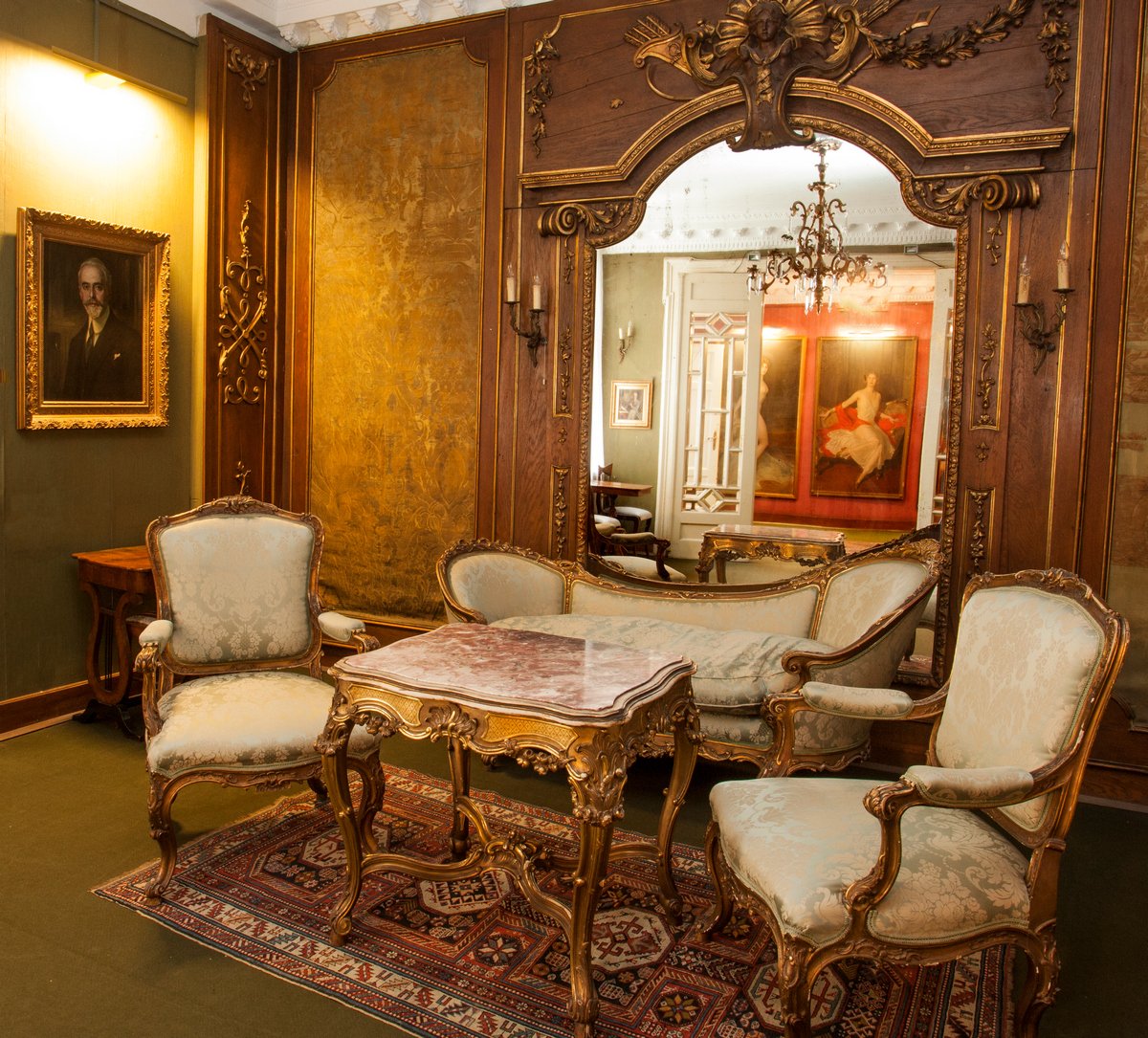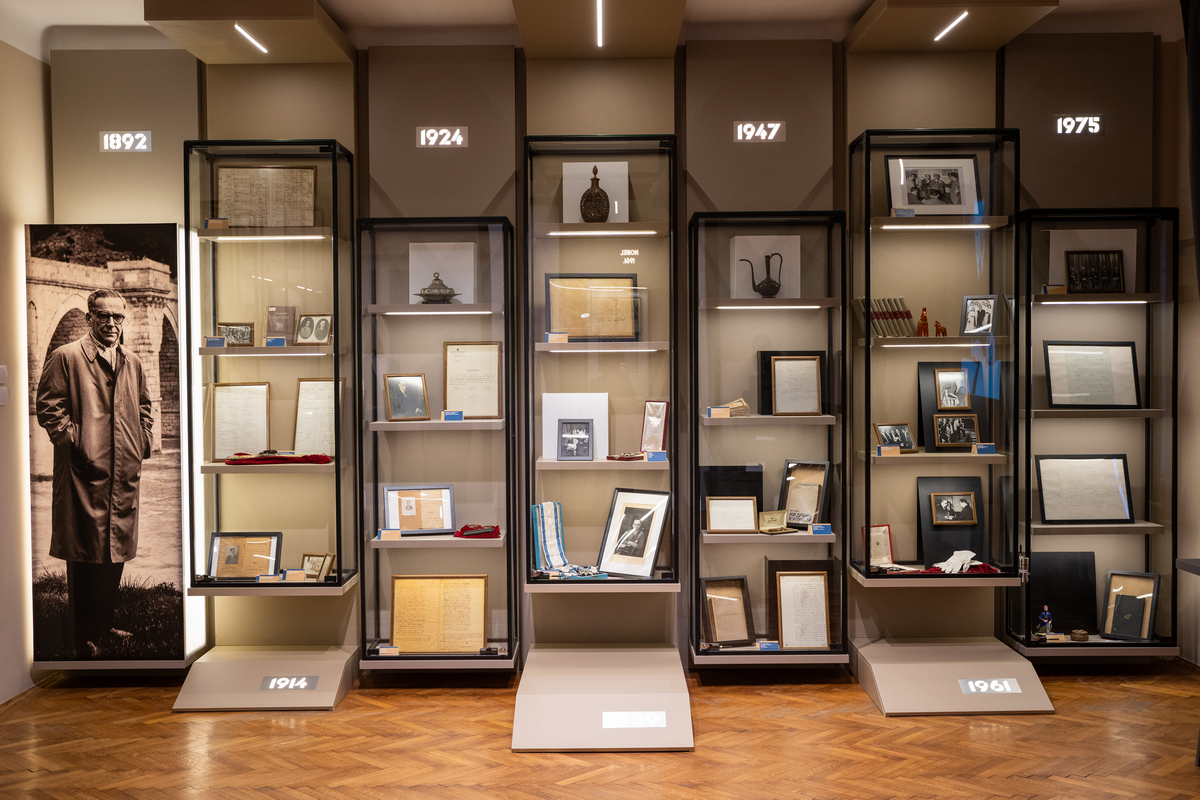The Belgrade City Museum was founded on October 15, 1903, under the name Municipal Museum and Library

In 1911, the Court of Cassation and the Court of Appeal moved out of the Residence of Princess Ljubica, and the premises were given to the Municipal Museum to use. After the First World War, efforts were made to provide sufficient funds for the Museum to continue operating. This endeavour was successful thanks to the effort invested by prominent cultural figures in Belgrade at that time, including the famous writer Branislav Nušić. The first inventory of museum material dates from 1929 and included 155 objects. The following year the number of exhibited objects doubled. The first museum exhibition titled “Plans and Pictures of Old Belgrade” was opened on April 19, 1931.
The Municipal Museum and Library was permanently housed in 1935, at 1, Kneginja Ljubica Street, today 1, Zmaj Jovina Street, which still houses the Museum’s administrative offices.
The Municipal Museum and Library was permanently housed in 1935, at 1, Kneginja Ljubica street, today 1, Zmaj Jovina street, which still houses the museum’s administrative offices
The museum was established as an independent institution in 1941 under the name City Museum; and the first director of the Museum was Dr. Miodrag Grbić, archaeologist and the curator of the Prince Pavle Museum. During the Second World War, the museum’s library was open until 1943 with minor interruptions, which sets it apart from other city libraries. In mid-1945, the City Museum was renamed the Belgrade City Museum.

Today, over 157,000 items are stored in the Museum’s collections, which testify to the development of the capital from prehistoric to contemporary times. The exhibited objects are divided into three sections – archaeology, history and the history of culture and art. In addition to the basic collections, the Museum also houses 28 legacies. On top of the aforementioned departments, the Belgrade City Museum also has the Protection Department, which includes the Documentation Centre, the Conservation Department and the Education Department.
The Museum oversees the work of 20 different facilities, of which 11 are museums. These are the Ivo Andrić Museum, Jovan Cvijić Museum, Paja Jovanović Museum, Sekulić Icon Collection, Princess Ljubica Residence, Vinča Archaeological Site, Zemun Native Museum, Žarkovo Native Museum, Mladenovac Museum, Toma Rosandić Museum, Banjica Concentration Camp Museum, Stepa Stepanović Memorial Home and Sava River Monitor – the Bodrog Ship, as well as the Stefan Nemanja memorial complex. In addition to the aforementioned museums, the Belgrade City Museum has inherited the musical and literary legacies. The Museum has several exhibition spaces, which some them are new and soon will be open to the public, including the its new building in 40, Resavska Street, the Contemporary Stage and the Salon.
In addition to its core activity, the Belgrade City Museum actively participates in the creation of contemporary art, applied and music works, and it also supports artists, especially young ones, by giving them the opportunity to showcase their work and stage classical music concerts. Each year, the Belgrade City Museum organizes a number of independent and group exhibitions of local and foreign artists.
